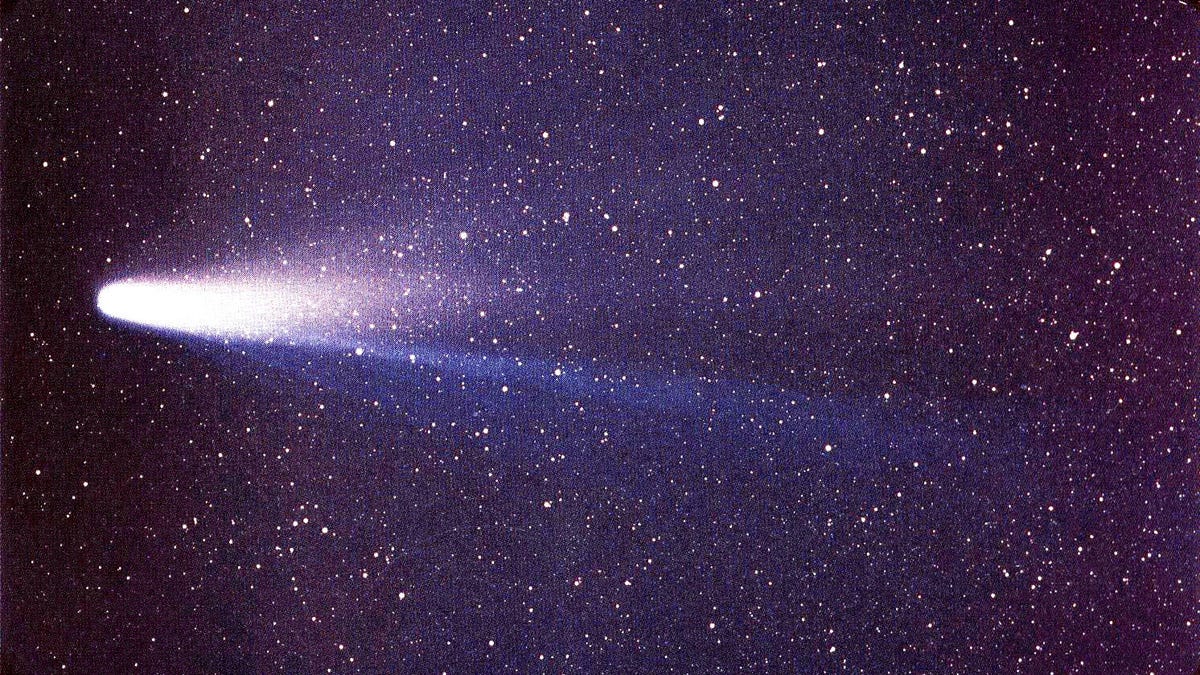Orionid meteor shower 2021 is peaking: How to watch space rocks sizzle
Blazingly fast-moving hunks of space dust and gravel are burning up overhead right now.

Halley's Comet in 1986.
Get up early enough this week and you might be rewarded with a dazzling fireball in the sky courtesy of the annual Orionid meteor shower. The Orionids are set to peak early Thursday morning, with the potential for 20 or more meteors to meet fiery ends high in the atmosphere, sacrificing it all for our viewing pleasure. There is one pretty big complication this year, however: the full moon.
Wednesday night and Thursday morning will see the fully illuminated disc of our lone natural satellite washing out plenty of shooting stars pretty much all night long. So maximizing your Orionid viewing potential will take a little strategy and planning in 2021.
Check to see when the moon sets Thursday morning in your location. If it happens at least an hour or more before sunrise, you might be in luck and able to see a few meteors during that brief window. If not, you can head out as close to moonset as possible, when it's lower on the horizon. If you can, try to put something between the moon and yourself, such as a house, a tree or a hill.
Once you're situated with plenty of warm clothes or blankets and a wide view of a clear and (hopefully) moonless sky, just sit back, allow your eyes to adjust, relax and simply watch. If you can orient yourself toward the constellation of Orion the hunter (near the bright star Betelgeuse), that can be helpful, but isn't really essential.
The Orionids happen each October when the Earth drifts through clouds of cosmic debris and detritus left behind by Halley's Comet, which makes a trip through the inner solar system every 76 years.
Even if the full moon washes out most of the Orionids this year, these meteors are moving at an extremely fast velocity of roughly 147,000 miles per hour (66 kilometers per second), which means they leave longer and more persistent trails that can make them easier to spot. There's also always the chance of a sizzling space rock breaking apart and going out in a blaze of glory as a bright fireball or group of fireballs.
There's something else to consider. Although Thursday morning will be the moment of peak activity for the Orionids, the American Meteor Society projects that you can expect to see a handful of meteors under ideal conditions in the predawn hours any morning this week. So check those moonset and sunrise calendars again to look for ideal windows of dark skies from your location.
Enjoy the show and, as always, please share any great meteor shots you might capture with me on Twitter @EricCMack.

